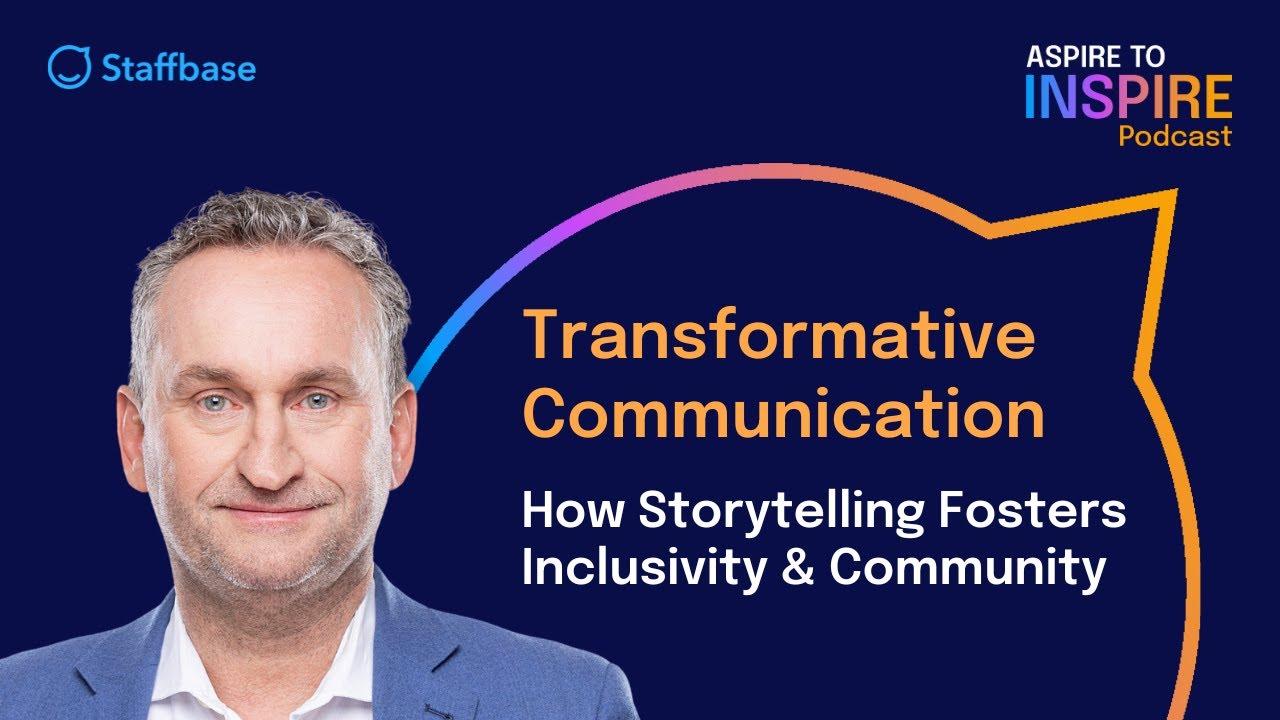In recent years, the entertainment industry has witnessed a transformative shift towards inclusivity in casting, aiming to reflect the diverse tapestry of modern society. This movement, while celebrated for its progressive intentions, raises a compelling question: does the emphasis on inclusive casting compromise the authenticity of storytelling? As filmmakers and audiences navigate this evolving landscape, the balance between representation and narrative integrity becomes increasingly complex. This article delves into the intricate dynamics of inclusive casting, examining whether the pursuit of diversity enriches or detracts from the authenticity of the stories being told. Through a critical analysis of recent examples and industry perspectives, we explore how inclusivity shapes the narratives that define our cultural zeitgeist.
Balancing Authenticity and Representation in Modern Storytelling
In the evolving landscape of storytelling, the quest for inclusivity in casting presents both opportunities and challenges. Authenticity and representation are often seen as opposing forces, yet they can coexist when approached thoughtfully. The goal is to ensure that diverse stories are told with integrity while respecting cultural nuances. However, critics argue that prioritizing representation can sometimes lead to tokenism or misrepresentation, where characters are included merely to tick a box rather than to enrich the narrative.
To navigate this delicate balance, creators must consider:
- Character Depth: Crafting well-rounded characters that reflect real experiences.
- Cultural Consultation: Engaging with communities to ensure accurate portrayals.
- Story Relevance: Ensuring that diversity enhances rather than detracts from the story.
By integrating these elements, storytellers can achieve a harmony where inclusivity enhances authenticity, creating narratives that resonate deeply with audiences while honoring the rich tapestry of human experience.

Evaluating the Impact of Inclusive Casting on Narrative Depth
The inclusion of diverse voices and faces in casting has the potential to significantly enrich the narrative landscape. By introducing characters from varied backgrounds, stories can gain new layers of cultural context and emotional complexity. This diversity often challenges traditional tropes, allowing for more nuanced character development and plotlines that reflect a broader spectrum of human experience. It invites audiences to explore perspectives they might not encounter in their daily lives, fostering empathy and understanding.
- Authenticity in Representation: Characters portrayed by actors who share similar backgrounds can bring an authentic voice to their roles, enhancing credibility and relatability.
- Expanding Storytelling Horizons: Diverse casting opens up opportunities for stories that might otherwise remain untold, enriching the narrative tapestry with unique cultural insights.
- Challenging Stereotypes: By moving beyond traditional casting, narratives can defy stereotypes, offering fresh, unpredictable character arcs.
While some argue that a focus on inclusivity might compromise storytelling integrity, evidence suggests that when executed thoughtfully, it can instead deepen and expand the narrative possibilities, offering richer, more varied tales that resonate on a universal scale.

Strategies for Integrating Diversity Without Compromising Story Integrity
Integrating diversity into storytelling requires a thoughtful balance between representation and narrative cohesion. Craft characters with depth by ensuring they are integral to the plot rather than token additions. This approach not only enhances authenticity but also enriches the story world. Consider the following strategies:
- Character-Driven Plots: Develop storylines that naturally evolve from the characters’ backgrounds and experiences, allowing diversity to enhance rather than overshadow the narrative.
- Collaborative Creation: Engage writers and consultants from diverse backgrounds to ensure accurate and respectful representation, adding layers of authenticity to the storytelling process.
- Contextual Relevance: Place diverse characters in contexts that reflect their realities, making their presence feel organic and purposeful within the story.
By embedding diversity thoughtfully, storytellers can create rich, authentic narratives that resonate with a wide audience without compromising the story’s core integrity.

Crafting Inclusive Narratives: Best Practices for Writers and Directors
To craft narratives that resonate authentically while embracing inclusivity, writers and directors should adopt a few key practices. Research and collaboration are paramount. Engage with communities and individuals whose stories you aim to represent. This not only enriches the narrative but also ensures accuracy and depth. Consider the following strategies:
- Inclusive Story Development: Integrate diverse voices in the brainstorming and scriptwriting phases. This encourages a multifaceted perspective from the outset.
- Authentic Casting Choices: Prioritize actors whose lived experiences align with the characters they portray, fostering genuine performances.
- Sensitivity Readers and Consultants: Employ experts to review scripts and provide feedback on cultural representation and potential biases.
By intertwining these practices, storytellers can create narratives that are not only inclusive but also compelling and truthful, demonstrating that diversity and authenticity can coexist harmoniously.

